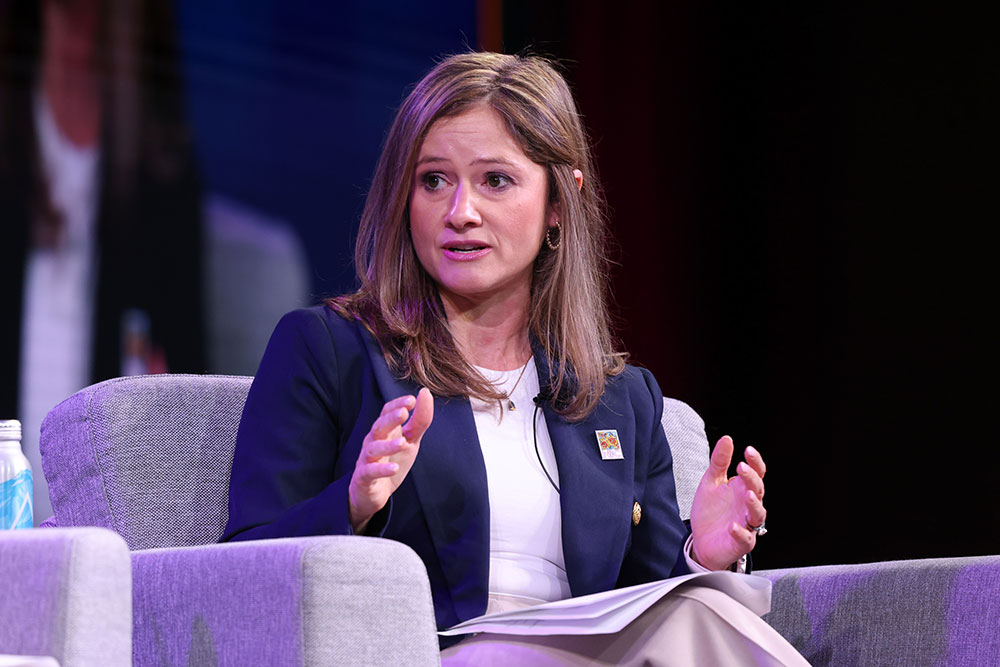
Despite headwinds, investors are bullish on senior housing and care industry
The population of adults 80 and older is growing faster than facility inventory
The senior housing market is on the comeback. Occupancy numbers decreased during the pandemic when the older population was at a higher risk of catching Covid while living in close quarters. Rising staffing costs and a shortage of trained caregivers continued to hamper growth, coming at a time of rising interest rates and stalled investments.
However, now occupancy rates are rising, according to the PCBB newsletter. After hitting a low of 77.7% in the second quarter of 2021, they reached 83.7% in the second quarter 2023. Occupancy may not be back to the pre-pandemic national average of 87.3% yet, but challenges such as a “demand-supply imbalance should further boost occupancy rates” and “labor costs, which suffered from the need to resort to temporary agency staffing during the pandemic and beyond, are easing,” the newsletter reads. 
Lending in the senior housing space also is increasing, according to a panel addressing capital markets and valuations of senior housing facilities at the Spring NIC Conference in early March. “Banks are willing to lend under the right conditions, such as established equity and occupancy growth,” said Jessica Johnson, one of the speakers on the panel. Johnson is a senior director of healthcare banking at BOK Financial®.
What’s driving this comeback?
The US population is aging due to advancements in medical care, better quality of life, vaccinations, and greater understanding of illness and disease. The average life expectancy in the US in 2022 was 77.5 years compared to 69.8 years in 1960. People are living longer, healthier lives, and they want to enjoy their final years in an environment that values, supports and cares for them.
The number of U.S. adults aged 65 and over grew nearly five times faster than the total population over the 100 years from 1920 to 2020, according to the U.S. Census Bureau. This trend was largely driven by aging baby boomers (born between 1946 and 1964), who began turning 65 in 2011.
To put it in perspective, in 2020, about one in six people in the United States were aged 65 and over—and they need places to live as their health declines and caregiving needs increase.
The conditions are right for investors
“The key implication for investors is that despite the challenges of compounded rate increases over the last three years, market demand for senior housing has not only persisted but flourished,” according to NIC MAP data.
This report indicates strong demand and opportunities for investors, including:
- In the first quarter of 2024, the absorption rate in the senior housing sector increased by a staggering 40% compared to the previous year. This growth trend indicates a positive outlook for the industry, with demand continuing to outpace supply.
- The senior housing market has proven its resilience and ability to adapt to challenging circumstances, positioning itself for continued growth and success in the years to come.
- The demand growth is occurring at a time when the 80-plus population is beginning to outpace inventory growth, creating a growing gap between supply and demand in the industry.
- The financial outlook for households aged 65 and over, as well as those aged 75 and over, appears promising, with data from NIC MAP’s report indicating a significant rise in median net worth and income levels over the past decade, suggesting that seniors will have the ability to afford senior housing options.
Understanding these emerging trends is vital for senior housing operators, developers and investors to adapt their strategies and investments to capitalize on the increasing demand and ensure the sustainability and growth of the sector.
What comes next
At the same time, the perfect storm of increased regulatory scrutiny and higher interest rate has increased the amount of capital needed for new builds of senior housing, causing both lenders and borrowers to proceed cautiously. Generally, senior living developers are ready to meet the market demand, if they can secure the financing.
“The current demand presents an opportunity for lenders if they’re willing to withstand and monitor the risks in the meantime,” said Johnson.
One thing is for certain, the aging population is going to continue to grow as more boomers enter retirement and the need for age-appropriate housing will be there, whether or not the facilities are.